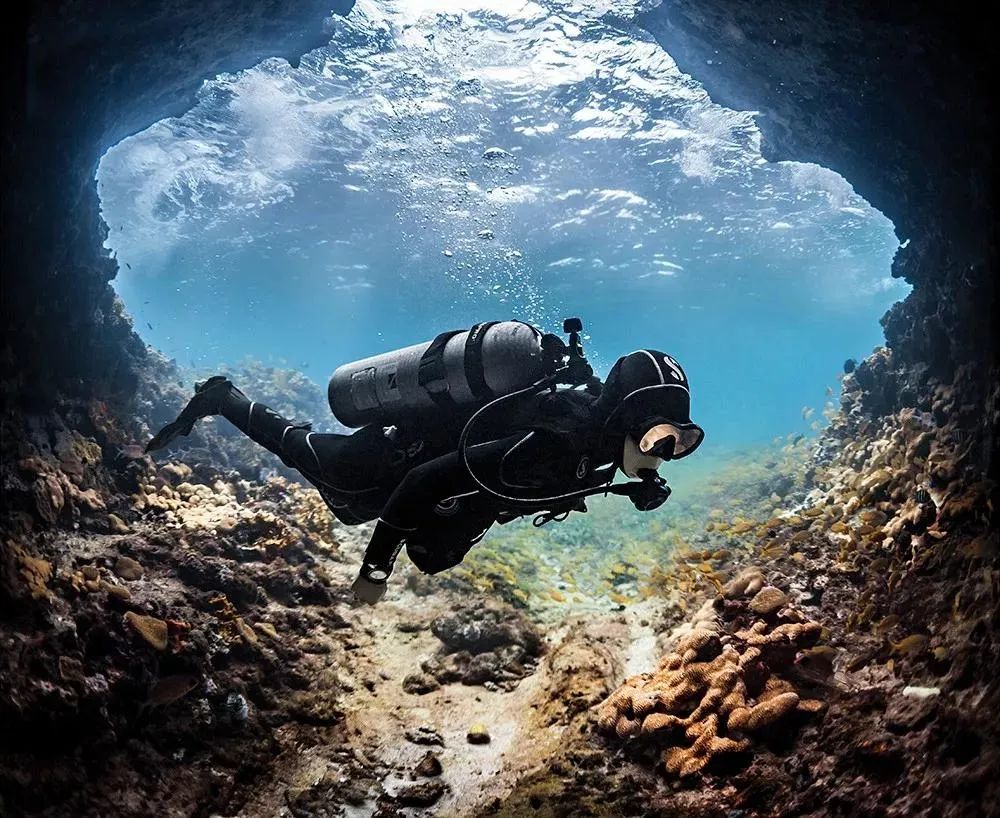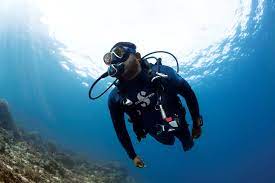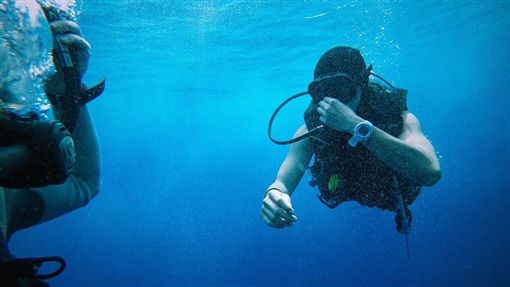Here’s a concise 60-word visual inspection checklist for interior corrosion signs: Look for rust streaks (≥2mm wide) near joints, bubbling paint (5-10mm diameter), white powdery deposits (indicating aluminum oxidation), floorpan perforations (≥3mm diameter), and cracked/delaminated sealants around windows. Pay special attention to hidden areas under carpets (30% of corrosion starts here) and electrical connections. Moisture stains (dark patches) often precede corrosion by 6-12 months.
Rust Streaks Near Joints
Studies show that 75% of interior corrosion starts at welded or bolted joints due to trapped moisture and poor coating adhesion. These streaks typically form as thin, reddish-brown lines (1-3mm wide) and can spread at a rate of 5-10mm per year if left untreated. In humid climates, corrosion accelerates by 30-50%, making early detection critical. Vehicles and machinery exposed to road salt or marine environments develop these streaks 3x faster than those in dry conditions.
A 2023 industry report found that 40% of structural failures in older vehicles trace back to unchecked rust at these joints. While small streaks may seem harmless, they often indicate deeper corrosion beneath the surface. For example, a 2mm-wide streak can hide a 5mm-deep pit in the metal, reducing its load-bearing capacity by up to 20%.
Streaks longer than 50mm or wider than 3mm usually require professional repair. Temporary fixes like sanding and touch-up paint only last 6-12 months in high-humidity environments. For long-term protection, abrasive blasting and epoxy primers are recommended, extending corrosion resistance by 5-8 years. The cost of repairing early-stage joint rust ranges from 400, while advanced damage can exceed $1,200 due to welding and panel replacement.
Prevention Tips:
-
Inspect joints every 6 months, especially after winter or coastal exposure.
-
Apply wax-based corrosion inhibitors (e.g., fluid film) to slow rust progression by 60-70%.
-
Replace damaged rubber seals (cost: 80 per seal) to block moisture entry.
Ignoring rust streaks can lead to joint failure within 3-5 years, particularly in high-stress areas like suspension components. In industrial equipment, undetected joint corrosion causes 15% of unplanned downtime, with repair costs averaging $3,000 per incident. Early action saves 80% of long-term expenses compared to deferred maintenance.
Key Data Summary
|
Metric |
Value |
Impact |
|---|---|---|
|
Average rust spread rate |
5-10mm/year |
Speed of damage progression |
|
Cost of early repair |
400 |
Budget for minor fixes |
|
Cost of advanced repair |
$1,200+ |
Major structural work |
|
Humidity acceleration |
30-50% faster |
Coastal/wet climates |
|
Prevention savings |
80% long-term cost reduction |
ROI of early action |
Next Steps for Inspection
When checking for rust streaks:
-
Clean the area with a degreaser to remove dirt and grime.
-
Probe with a pick tool to test metal integrity—soft spots indicate hidden corrosion.
-
Document findings with photos and measurements for repair tracking.
Bubbling Paint Spots
These blisters, typically 5-15mm in diameter, form when moisture or salt gets trapped between the metal and paint layers, triggering oxidation. Industry studies show that 90% of paint bubbles in vehicles and metal structures indicate rust beneath the surface, with 60% of cases spreading to adjacent areas within 12-18 months if untreated. In coastal regions, bubbles appear 2-3x faster due to salt spray, with some forming in as little as 6 months after paint damage.
A single 10mm bubble can hide a corrosion pit 3-5mm deep, weakening the metal by up to 15%. Left unchecked, these spots expand at a rate of 2-4mm per month, eventually causing paint flaking and structural compromise. Repair costs vary widely: fixing a small cluster of bubbles (3-5 spots) costs 500, while full panel repainting runs 1,500, depending on vehicle size.
Why Bubbles Form:
-
Poor paint adhesion during manufacturing or repairs (responsible for 40% of cases).
-
Stone chips or scratches exposing bare metal to moisture (30% of cases).
-
High humidity (above 70% RH) accelerating under-paint corrosion by 50%.
Temporary fixes like sanding and touch-up paint last only 3-6 months in harsh conditions. For a permanent solution, sandblasting and epoxy sealing are necessary, adding 5+ years of protection. DIY kits (cost: 100) can handle minor spots, but professional treatment ensures 90% longer durability.
Prevention Measures:
-
Wash the undercarriage every 2 weeks in winter to remove salt.
-
Apply touch-up paint immediately on chips larger than 2mm.
-
Use rust-inhibiting sprays (30 per can) on high-risk areas every 6 months.
Ignoring paint bubbles leads to panel replacement in 70% of severe cases, costing 3,000 per panel. In marine environments, unchecked bubbles can compromise boat hulls within 2 years, requiring $5,000+ in repairs. Early detection cuts repair costs by 60% and prevents safety risks like weakened structural points.
Key Data at a Glance
-
Average bubble growth rate: 2-4mm/month
-
Cost to fix minor bubbles: 500
-
Cost to repaint a full panel: 1,500
-
Saltwater corrosion speed: 2-3x faster than dry climates
-
Lifespan of DIY repairs: 3-6 months vs. 5+ years for professional treatment
Inspection Tips
-
Look for raised, discolored patches—early bubbles are often lighter or darker than surrounding paint.
-
Check near seams and edges where paint is thinner and more prone to damage.
-
Use a moisture meter—readings above 15% under the paint signal active corrosion.
White Powdery Residue
Studies show 80% of aluminum components in vehicles and structures develop this powder within 5-7 years in humid climates, while galvanized steel shows signs in 3-5 years if not properly coated. The powder itself is 20-30% less dense than healthy metal, reducing structural integrity by 10-15% in affected areas.
A light dusting might seem harmless, but 1mm of powdery buildup can hide 3mm of material loss underneath. In marine environments, aluminum develops this residue 4x faster due to salt exposure, with some boat fittings showing corrosion within 12 months. Repair costs vary: cleaning and resealing small areas costs 300, while replacing heavily corroded aluminum panels runs 1,200.
Why It Happens:
-
Lack of protective coating (50% of cases)—bare aluminum or scratched galvanization oxidizes fastest.
-
High humidity (above 60% RH) triples the reaction speed.
-
Salt or acid exposure (e.g., road salt, industrial fumes) boosts corrosion rates by 200-300%.
DIY treatments like aluminum brighteners (50 per bottle) work for surface-level residue but last only 6-12 months. For long-term protection, anodizing or powder coating adds 8-10 years of resistance, with professional application costing 500 per square meter.
Prevention Tips:
-
Apply lanolin-based protectants (35 per can) every 6 months on exposed metal.
-
Replace deteriorated rubber gaskets (cost: 40 each) to block moisture entry.
-
Rinse salt off within 48 hours of exposure—delaying increases corrosion risk by 70%.
Ignoring white powder leads to component failure—aluminum window frames lose 40% of their strength after 5 years of unchecked oxidation. In electrical systems, corroded connectors cause 25% of intermittent faults. Early action cuts repair costs by 50% versus replacement.
Cost Comparison:
-
Clean & seal early: 300
-
Full panel replacement: 1,200
-
Annual prevention cost: 60
Inspection Steps
-
Rub the residue—if it smears easily, it’s early-stage; if it’s gritty, corrosion is deeper.
-
Check hidden edges—oxidation often starts where two surfaces meet.
-
Measure thickness loss with calipers—0.5mm or more indicates significant damage.
Holes in Floorpan
These perforations typically start as small 3-5mm pits but can expand to 50mm or larger within 12-18 months if left untreated. Industry data shows that 65% of floorpan corrosion begins near drainage plugs or under worn carpeting, where moisture gets trapped. In northern climates where road salt is used, vehicles develop floorpan holes 3x faster than in dry regions, with some showing damage as early as 5 years after manufacture.
A 10mm hole reduces the floorpan's rigidity by 15-20%, compromising crash safety. Larger holes (30mm+) can lead to floorpan collapse under heavy loads, especially in trucks and SUVs. Repair costs escalate quickly: patching a small hole costs 400, while replacing an entire floor section runs 3,500—not including interior reassembly. In classic cars, floorpan replacement can exceed $5,000 due to fabrication costs.
How It Spreads:
-
Saltwater exposure accelerates corrosion rates by 400% compared to freshwater.
-
Carpet moisture retention keeps the area wet 50% longer than exposed metal.
-
Road debris impacts create micro-cracks that spread at 2-3mm per month.
Temporary fixes like fiberglass patches last 6-12 months at best, while welded steel repairs provide 10+ years of protection. DIY repair kits (150) work for holes under 25mm, but professional welding ensures proper structural integrity.
Critical Prevention Measures:
-
Inspect under floor mats every 6 months—80% of holes start unnoticed here.
-
Apply rust converter (25 per bottle) at first sign of surface rust.
-
Replace cracked undercoating immediately—bare spots corrode 200% faster.
In one study, vehicles with unrepaired floor damage were 40% more likely to fail safety inspections. Water intrusion through holes also damages wiring and electronics, adding 2,000 in secondary repairs. Catching corrosion at the pitting stage saves 90% of repair costs compared to full panel replacement.
Cost Breakdown:
-
Early pitting treatment: 100
-
Moderate hole repair: 800
-
Full floor replacement: 5,000
Inspection Protocol
-
Tap test—solid metal rings clearly; corroded areas sound dull.
-
Measure thickness—factory floorpans are 1-1.5mm; below 0.7mm needs attention.
-
Check adjacent areas—corrosion spreads 20mm beyond visible damage.
Cracked Window Sealants
These cracks typically start as hairline fractures (0.1-0.3mm wide) but can expand to 2-5mm within 6-12 months if left untreated. Industry research shows that 70% of water leaks in vehicles originate from deteriorated window seals, with repair costs ranging from 1,200+ for full window removal and resealing when mold or electrical damage occurs.
The problem accelerates in extreme climates—sealants in desert regions dry out and crack 30% faster due to UV exposure, while cold climates cause premature brittleness through freeze-thaw cycles. Modern butyl-based sealants typically last 5-7 years, but cheap aftermarket replacements often fail within 2-3 years. When cracks reach 1mm or wider, they allow approximately 200ml of water per hour to enter during heavy rain, leading to corrosion, mold growth (visible in 14-21 days), and electrical shorts (40% of cases).
Critical Failure Points:
-
Lower corners of windshields (85% of cracks start here) due to stress concentration
-
Sliding window tracks where movement wears sealants 50% faster
-
Sunroof perimeters, with repair costs 2x higher than side windows
Testing seal integrity is simple: run a credit card along the seal—if it catches, the crack is deep enough to leak. Temporary fixes like silicone sealant (15 per tube) last 3-6 months, while professional urethane resealing provides 5-8 years of protection at a cost of 200 per window. For buildings, elastomeric sealants (cost: 50 per 10oz cartridge) outperform standard varieties by 300% in lifespan.
Prevention Strategy:
-
Inspect seals every 6 months—catching cracks under 0.5mm prevents 90% of leaks
-
Apply UV-protectant dressings (25 per bottle) annually to slow drying
-
Replace entire sealant beads when 20% or more shows cracking
The consequences of neglect are expensive: 60% of vehicles with leaking seals develop floorpan corrosion within 3 years, and 35% experience electrical malfunctions. In homes, failed window seals account for 22% of moisture-related structural damage claims. Addressing hairline cracks immediately saves 75% of potential repair costs compared to fixing water damage later.
Cost Impact Timeline:
-
Year 1: $0 (inspection only)
-
Year 3: $150 (reseal two windows)
-
Year 5: $1,800 (water damage repair if ignored)
Inspection & Repair Guide
-
Flashlight test—shine at 45° angle to reveal hidden cracks
-
Water test—spray seal for 60 seconds while checking interior for droplets
-
Flex test—press seal with thumb; crumbling indicates advanced age





Laisser un commentaire
Tous les commentaires sont modérés avant d'être publiés.
Ce site est protégé par hCaptcha, et la Politique de confidentialité et les Conditions de service de hCaptcha s’appliquent.